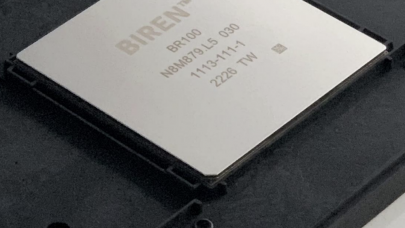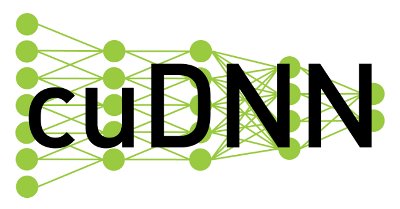
Chinese Startup Biren Details BR100 GPU
August 22, 2022
Amid the high-performance GPU turf tussle between AMD and Nvidia (and soon, Intel), a new, China-based player is emerging: Biren Technology, founded in 2019 and headquartered in Shanghai. At Hot Chips 34, Biren co-founder and president Lingjie Xu and Biren CTO Mike Hong took the (virtual) stage to detail the company’s inaugural product: the Biren BR100 general-purpose GPU (GPGPU). “It is my honor to present... Read more…

What’s New in HPC Research: Brain Mapping, Earthquakes, Energy Efficiency & More
June 12, 2019
In this bimonthly feature, HPCwire highlights newly published research in the high-performance computing community and related domains. From parallel programmin Read more…

GPUs Advance Deep Learning
September 18, 2014
Over the last decade, GPU-acceleration techniques have infiltrated the high-end of supercomputing, but increased adoption of GPUs is occurring in other compute- Read more…

NVIDIA Boasts ‘Compelling HPC Solution’
August 20, 2014
Today marks the official release of the NVIDIA CUDA Toolkit version 6.5, which had previously been only available in its pre-release form. In a company blog pos Read more…

Adapting Algorithms to Modern Hybrid Architectures
August 13, 2014
Technology, like other facets of life, commonly experiences cycles of rapid change followed by periods of relative stability. Computing has entered a stage of i Read more…

Building Parallel Code with Hybrid Fortran
July 31, 2014
Over at the Typhoon Computing blog, Michel Müller addresses a topic that is top of mind to many HPC programmers: porting code to accelerators. Fortran p Read more…

ASC14 Marks Seventh Win for GPUs
May 29, 2014
The past decade has seen a sharp rise in heterogenous computing, processing or coprocessing using more than one processor type. One of the most prominent examp Read more…

HPC Boosts Medical Physics
September 5, 2013
When it comes to employing physics in medicine, there are two major fields in terms of their relevance in clinical practice: medical imaging and radiation therapy. An Argentinian research duo addresses how these domains can benefit from high-performance computing techniques... Read more…

- Click Here for More Headlines

Whitepaper
Transforming Industrial and Automotive Manufacturing
In this era, expansion in digital infrastructure capacity is inevitable. Parallel to this, climate change consciousness is also rising, making sustainability a mandatory part of the organization’s functioning. As computing workloads such as AI and HPC continue to surge, so does the energy consumption, posing environmental woes. IT departments within organizations have a crucial role in combating this challenge. They can significantly drive sustainable practices by influencing newer technologies and process adoption that aid in mitigating the effects of climate change.
While buying more sustainable IT solutions is an option, partnering with IT solutions providers, such and Lenovo and Intel, who are committed to sustainability and aiding customers in executing sustainability strategies is likely to be more impactful.
Learn how Lenovo and Intel, through their partnership, are strongly positioned to address this need with their innovations driving energy efficiency and environmental stewardship.
Download Now
Sponsored by Lenovo
Whitepaper
How Direct Liquid Cooling Improves Data Center Energy Efficiency
Data centers are experiencing increasing power consumption, space constraints and cooling demands due to the unprecedented computing power required by today’s chips and servers. HVAC cooling systems consume approximately 40% of a data center’s electricity. These systems traditionally use air conditioning, air handling and fans to cool the data center facility and IT equipment, ultimately resulting in high energy consumption and high carbon emissions. Data centers are moving to direct liquid cooled (DLC) systems to improve cooling efficiency thus lowering their PUE, operating expenses (OPEX) and carbon footprint.
This paper describes how CoolIT Systems (CoolIT) meets the need for improved energy efficiency in data centers and includes case studies that show how CoolIT’s DLC solutions improve energy efficiency, increase rack density, lower OPEX, and enable sustainability programs. CoolIT is the global market and innovation leader in scalable DLC solutions for the world’s most demanding computing environments. CoolIT’s end-to-end solutions meet the rising demand in cooling and the rising demand for energy efficiency.
Download Now
Sponsored by CoolIT
Advanced Scale Career Development & Workforce Enhancement Center
Featured Advanced Scale Jobs:
HPCwire Resource Library
HPCwire Product Showcase
© 2024 HPCwire. All Rights Reserved. A Tabor Communications Publication
HPCwire is a registered trademark of Tabor Communications, Inc. Use of this site is governed by our Terms of Use and Privacy Policy.
Reproduction in whole or in part in any form or medium without express written permission of Tabor Communications, Inc. is prohibited.
























